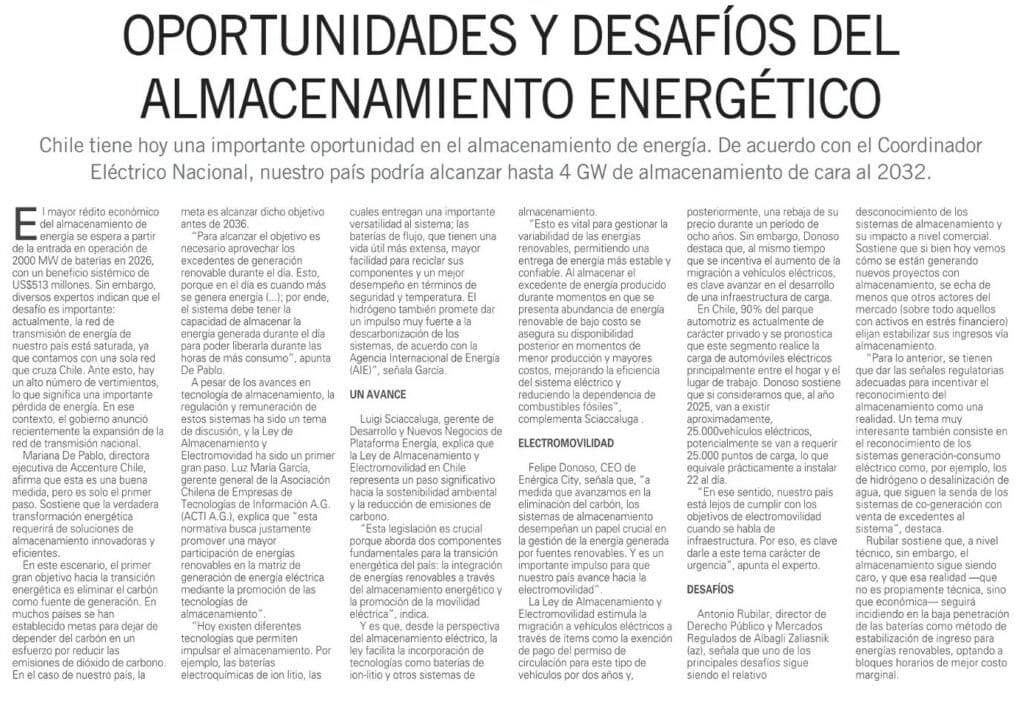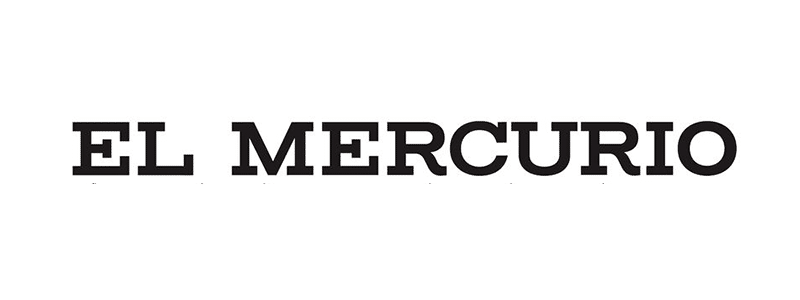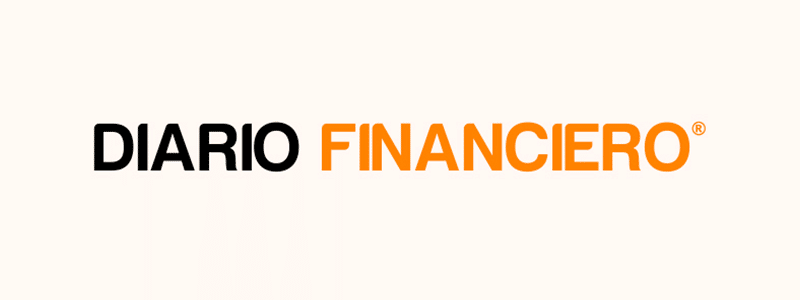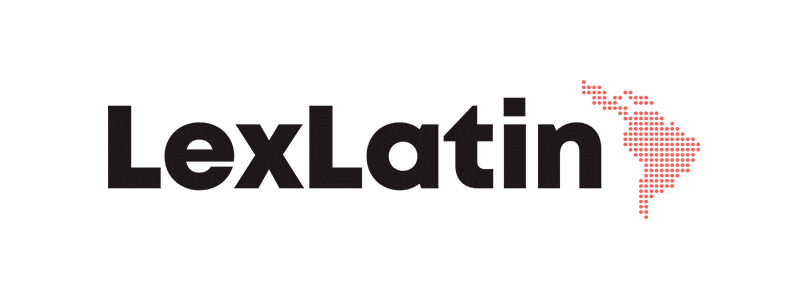Chile today has an important opportunity in energy storage. According to the National Electric Coordinator, our country could reach up to 4 GW of storage by 2032.
The greatest economic return from energy storage is expected from the entry into operation of 2000 MW of batteries in 2026, with a systemic benefit of US$513 million.
However, several experts indicate that the challenge is significant: currently, the energy transmission grid in our country is saturated, since we have only one grid that crosses Chile. In view of this, there is a high number of spills, which means a significant loss of energy. In this context, the government recently announced the expansion of the national transmission grid.
In this scenario, the first major goal toward energy transition is to eliminate coal as a source of generation. In many countries, goals have been established to stop relying on coal in an effort to reduce carbon dioxide emissions. In the case of our country, the goal is to reach this objective by 2036.
Challenges
Antonio Rubilar, Director of Public Law and Regulated Markets at Albagli Zaliasnik (az), points out that one of the main challenges remains the relative lack of knowledge of storage systems and their impact at a commercial level. He argues that while today we are seeing new projects with storage being generated, it is missing that other market players (especially those with financially stressed assets) choose to stabilize their revenues via storage.
“For this to happen, the appropriate regulatory signals must be given to encourage the recognition of storage as a reality. A very interesting issue is also the recognition of generation-consumption systems such as, for example, hydrogen or water desalination, which follow the path of co-generation systems with sale of surpluses to the system“, he points out.
Rubilar maintains that, at a technical level, however, storage continues to be expensive, and that this reality – which is not strictly technical, but rather economic – will continue to influence the low penetration of batteries as a method of stabilizing income for renewable energies, opting for hourly blocks with a better marginal cost.

Source: El Mercurio, february 20, 2024.




